Life on Europa + Living in Europe
EXPLORING Jupiter’s Icey Moon, by Alex Verbeek, of ‘THE PLANET’
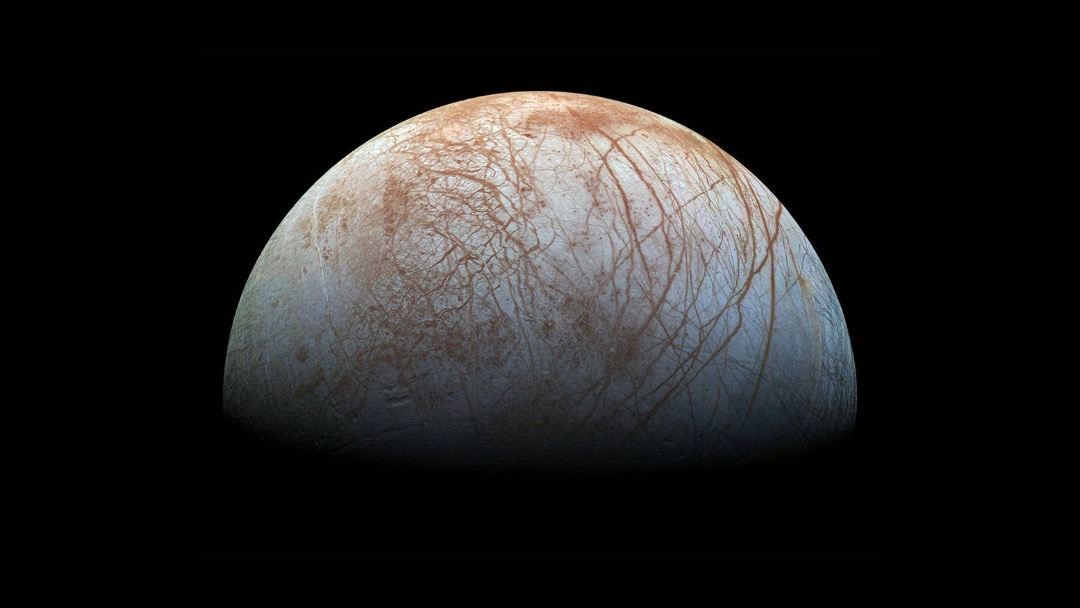
Is all going well? The question is often asked, and for me, it’s a question of what scale we are talking about. So let’s go from large to small.
Universal scale
At the universal scale, we can say that all is well. The planets quietly make their trips around the sun, all in their own lane, at their own speed, and in their own self-defined years. Still, two of our neighbors, Mars and Jupiter’s moon Europa, received more attention in the media last week.
On the Red Planet, NASA’s Perseverance Rover had a good week; it broke the local speed record by driving a lightning tenth of a mile per hour across the bed of the Jezero crater. At this speed, the cute little explorer moved towards its new home for the next half (Earth) year. The first campaign on Mars, on the crater floor, has now officially ended, and the Delta Front Campaign officially started some ten days ago.

Perseverance is now on its way to a spot called Three Forks, where once a river flowed into a lake and where scientists hope that the now disappeared river has dropped the rocks that it transported. The rover will drill cores at several places, and hopefully, it finds at this location a treasure trove of deposited material that is usually out of reach for Perseverance. The scientists may discover rocks with signs of ancient organisms, if we are lucky.
Just imagine finding indications of life on another planet
I find this concept fascinating. Admittedly, we’re not talking about exotic intelligent green creatures with some human characteristics that will welcome visitors from Earth (and why would they). But, if Perseverance finds any sign of life on the dry planet, it will likely be dead and undoubtedly tiny. But still, finding traces of ancient dead microbes on another planet would be a truly unique discovery for mankind.
Life on Europa
Astro-biologists got excited this week about Europa. It is one of the moons of Jupiter and a prime candidate for extraterrestrial habitability in our solar system. It is covered with many double ridges, and scientists still don’t fully understand how these appeared all over the surface of this icy moon.
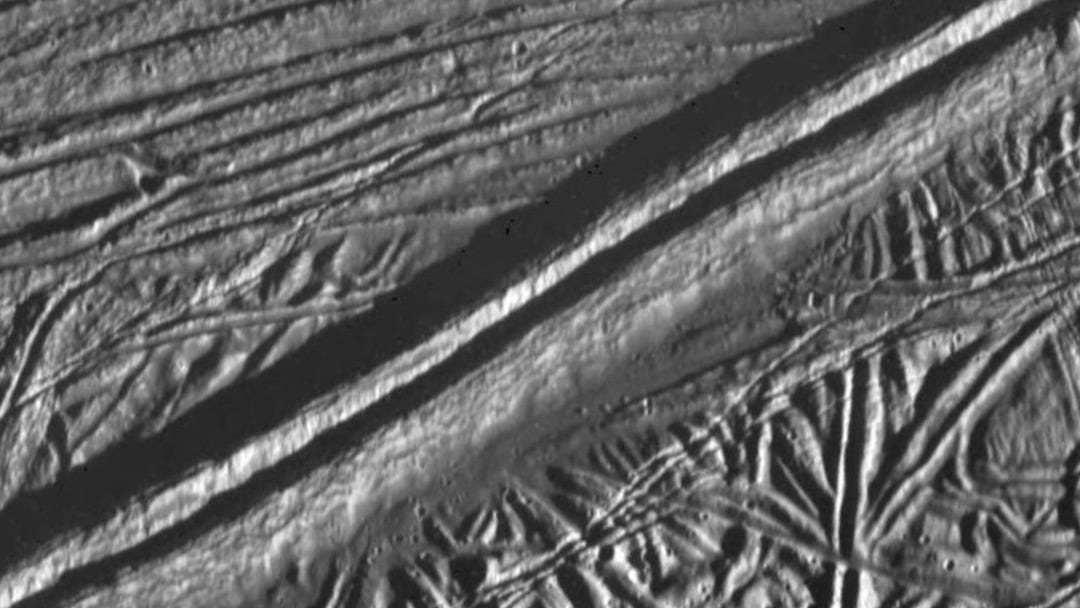
But this week, scientists presented in Nature Communications the discovery and analysis of a double ridge in Northwest Greenland that looks remarkably like the ones on Europa. However, this one is easier to study, and its geological formation is better understood. It was formed by successive refreezing, pressurization, and fracture of a shallow water sill within the ice sheet.
Life on Mars
If there has ever been life on Mars, or if we would someday find life on Europa, the question pops up how it got there? And it seems we got one small step further in that quest as well. This week, an article was published about how scientists just found the two missing of the five informational units of DNA and RNA in meteorites. All DNA and RNA contain five informational components called nucleobases. Scientists had already found three of these in meteorites, but now a team of Japanese scientists found the missing two in extraterrestrial samples. This strengthens the theory that chemical reactions in asteroids could have provided essential building blocks for life on places like Earth, Mars, or Europa.
Living in Europe or Your Community
But as I said in my opening, it’s a question of scale when judging if today’s news is good or bad. Although finding life on Europa sounds exciting, life in some parts of Europe on our planet is a terrible nightmare for millions. Every day, I am shocked, saddened, angry, and frustrated about the horrific events in Ukraine. And unfortunately, reading today’s news doesn’t give much hope for an end to the people’s suffering.
Wars are always hard to understand, and this one is exemplary in that aspect; why? So let me give a word of advice to those microbes on icy Europa: stay put. And in case you have any evolutionary ambitions for the next billion years: be inspired by koalas, pandas, or cute little piglets. Don’t develop your brain any further, don’t believe that two legs are better; your moon will thank you for that.
The third scale: Our Lives
And before I leave you for tonight, I haven’t forgotten about the third scale I mentioned. Zooming in from the solar system to the medium level of Earth and Ukraine, we can further zoom in to the third individual or local level. It’s the level of you and me, everyday life experiences, and the community where you spent your time today.
How was that for you?
For me, it was a lovely day, in striking contrast to the world news. It seems odd that, as I grow older, our planet feels so much smaller and more connected than in my youth. But when the world becomes a global village, it makes it harder to enjoy local happiness while Hell on Earth feels closer than ever before.
Go Ahead, Ask me Again:
I will leave that for the following newsletter to separate the scales of seeing the universe, world, and local community we live in. As winter in OTTOWA begins to fade and spring emerges, the hope of life on far away planets comes back home to the one we are living with, the only Planet we have.
Author’s Note:
The scientists suggest that the same process may be responsible for Europa’s double ridges and that shallow liquid water is spatially and temporally ubiquitous across Europa’s ice shell. As we all learned at school (or should have learned at school in biology classes where every kid would have been taught about evolution) the story of early microbial life on Earth evolved in the liquid saltwater. Add all this information up, and then the possibility of life on Europa suddenly looks more promising. More stories of the planet, feel free to consult the newsletter, here:
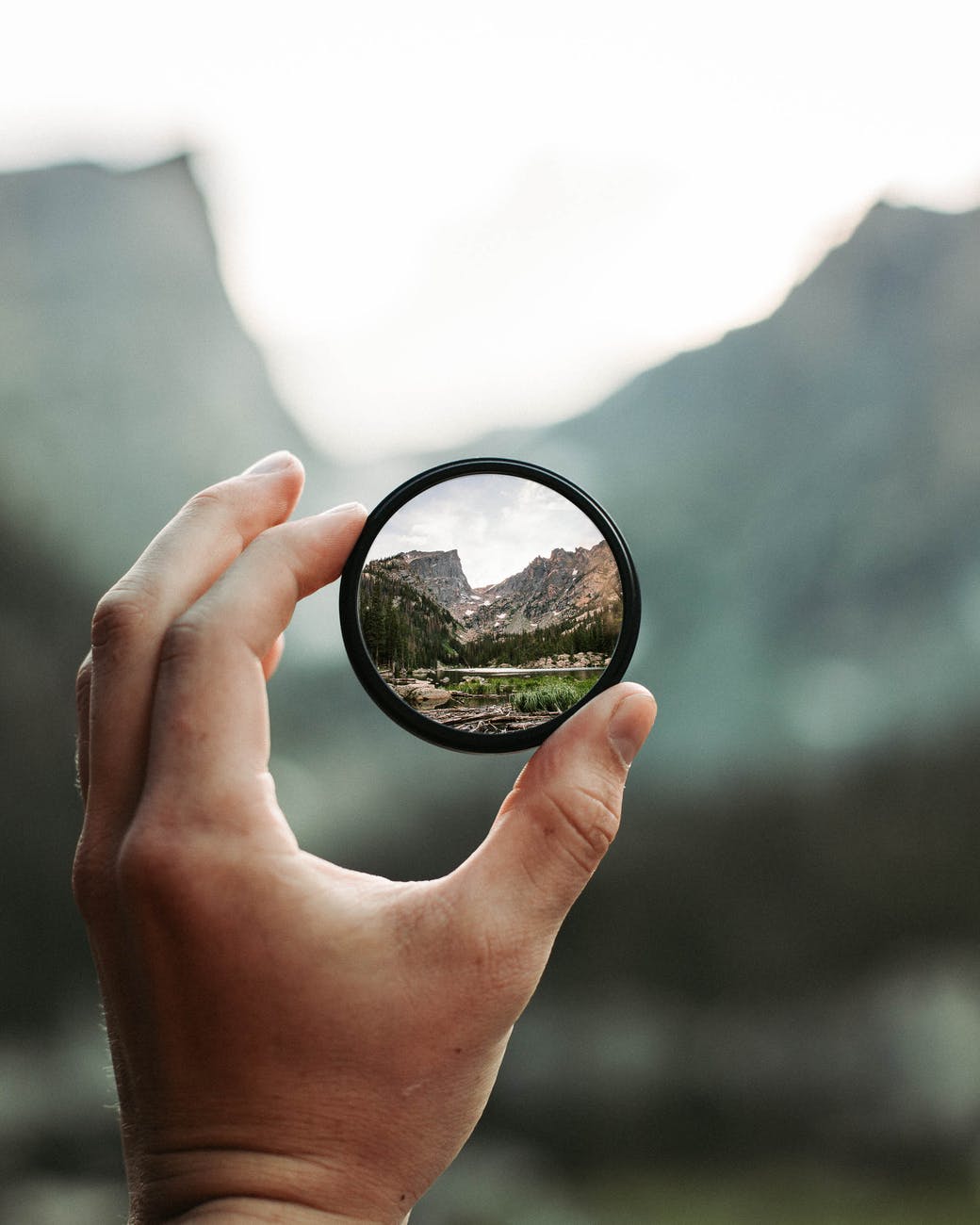
Sign Up for our Magazine & Newsletter
Join us for Exclusive News & Insider Travel Tips & Invitations
The Back Page

Editor’s Note: Please see all Notes on THE PLANET or any referrals, Sources and References.
Subscribe© 2022 Alexander Verbeek 🌍Privacy ∙ Terms ∙ Collection noticePublish on SubstackGet the appSubstack is the home for great writing. Reposted by Permission for Kaleidoskope Media, LLC by the author.



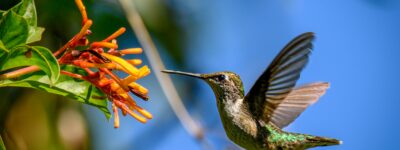
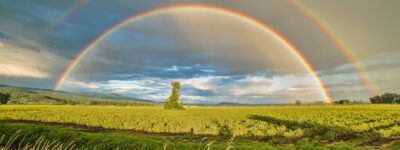

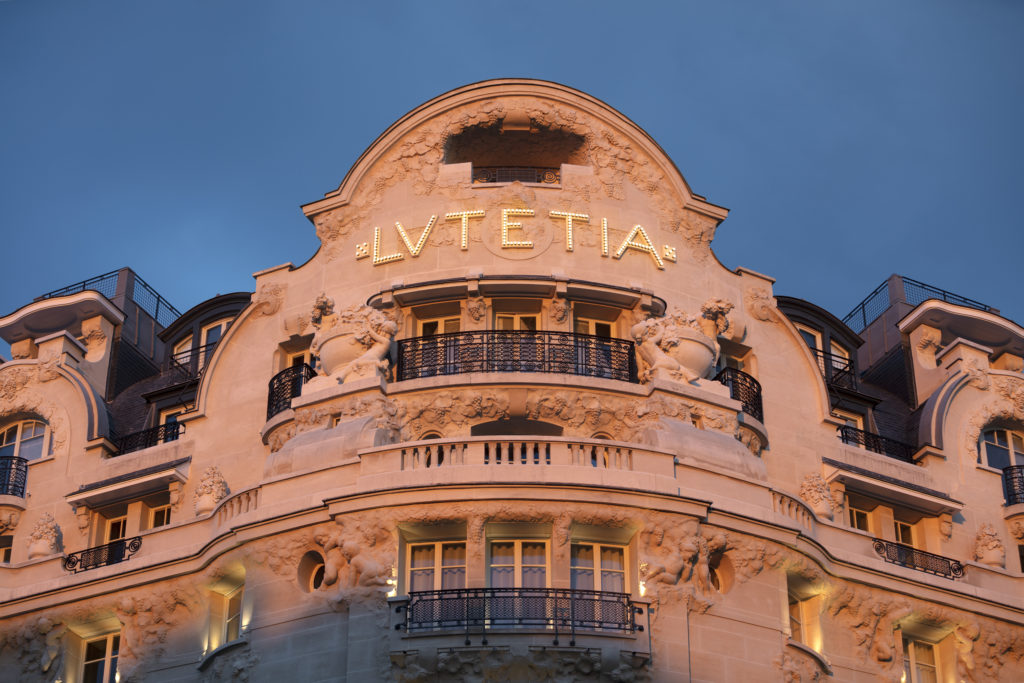

Your articles are always interesting. Fascinating perspectives, masterfully presented. Love reading them.